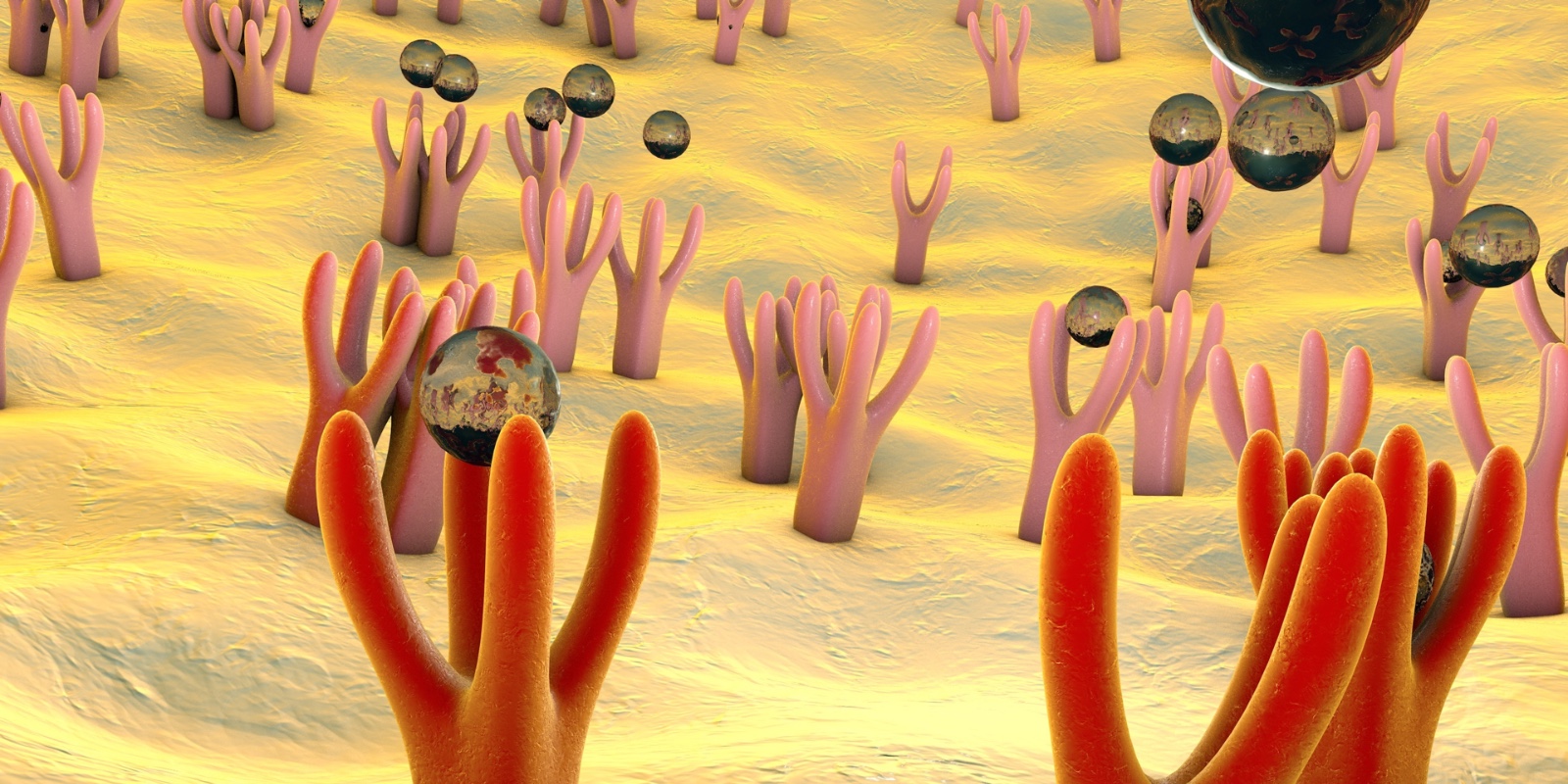- Cannabinoids have an effect on the human body through their interaction with our endocannabinoid system.
- The endocannabinoid system is a network of receptors found in cells in several organs of the body.
- There are two major receptors in the endocannabinoid system: CB1 and CB2.
- However, research suggests that the GPR55 receptor can be regarded as a third receptor, as it plays a key role in several physiological functions.

What is the GPR55 receptor?
Over the last few years, research has focused on the study of the endocannabinoid system as it has been proved that it plays a very important role in human health. In the beginning it was believed that it was made up of only CB1 and CB2 receptors; however, more recent studies have confirmed that this system is more complex than initially thought, and that there are other receptors involved in its proper functioning.
Although discovered in 1999, it was not until 2007 that another research study determined GPR55's connection with cannabinoids. This study confirmed that this G-protein coupled receptor binds to certain cannabinoids, and it is through this interaction that several physiological processes take place.
GPR55 behaves in the same way as CB1 and CB2 receptors. Not only does it bind to phytocannabinoids (the cannabinoids produced by the marijuana plant, such as THC and CBD), but it also binds to endocannabinoids like anandamide, which are produced by the human body.
What is the role of the GPR55 receptor?
We already know that the cannabinoids in the human body affect several vital functions such as appetite regulation or homeostasis (the stable equilibrium between different body functions.) As we have explained in other articles, it is not necessary to ingest cannabinoids from the marijuana plant to achieve this, as the human body produces its own cannabinoids, which interact with the endocannabinoid system, thus regulating several functions. It seems that GPR55 plays a key role in maintaining metabolic balance through the regulation of appetite, gastro-intestinal motility, and insulin secretion.
Another research study focused on the relationship between this receptor and cannabinoids. The study suggests that GPR55 increases intracellular calcium through its interaction with the cannabinoid molecules. GPR55 receptors seem to be highly concentrated in large dorsal root ganglions, or spinal ganglions, a group of nodules found in the spinal nerves. When cannabinoids like Δ9THC and anandamide activate these receptors, this triggers a process that increases intracellular calcium in the neurons.

The therapeutic potential of this receptor seems to be greater than originally believed. A good example of this is a mice study that proved that THC, the main marijuana cannabinoid, is more effective with GPR55 than when bound to the known endocannabinoids CB1 and CB2. This opens up a world of therapeutic possibilities that is definitely worth investigating further.
GPR55, CBD, and their therapeutic potential for the treatment of epilepsy
CBD has proved effective in the treatment of several diseases, particularly a severe type of epilepsy called 'Dravet syndrome'. In fact, cannabidiol became famous thanks to Charlotte Figi's story, an American girl who suffers from this condition. This event completely changed the cannabis market, with many seed banks going to great lengths to develop new CBD-rich marijuana strains.
Until recently, CBD was believed to act therapeutically through its interaction with CB1 and CB2 receptors, but new evidence regarding this new third receptor is now questioning this theory. GPR55 is believed to have an important role in many of the effects of cannabis in our body, including the prevention of epileptic seizures.
Another research study attempted to understand the exact mechanisms through which CBD prevents epileptic seizures. What they found is that cannabidiol restores brain inhibition because it blocks the activity of the GPR55 receptors in the hippocampus, a brain area that controls long-term spatial memory and navigation.
On the other hand, the fact that CBD blocks GPR55 signalling could also help stop cancer cell proliferation. Several studies point out the importance of this receptor in cancer development, and that is why it is vital to carry on investigating its relationship with cannabinoids.





Comments from our readers
There are no comments yet. Would you like to be the first?
Leave a comment!Did you like this post?
Your opinion about our seeds is very important to us and can help other users a lot (your email address won't be made public).